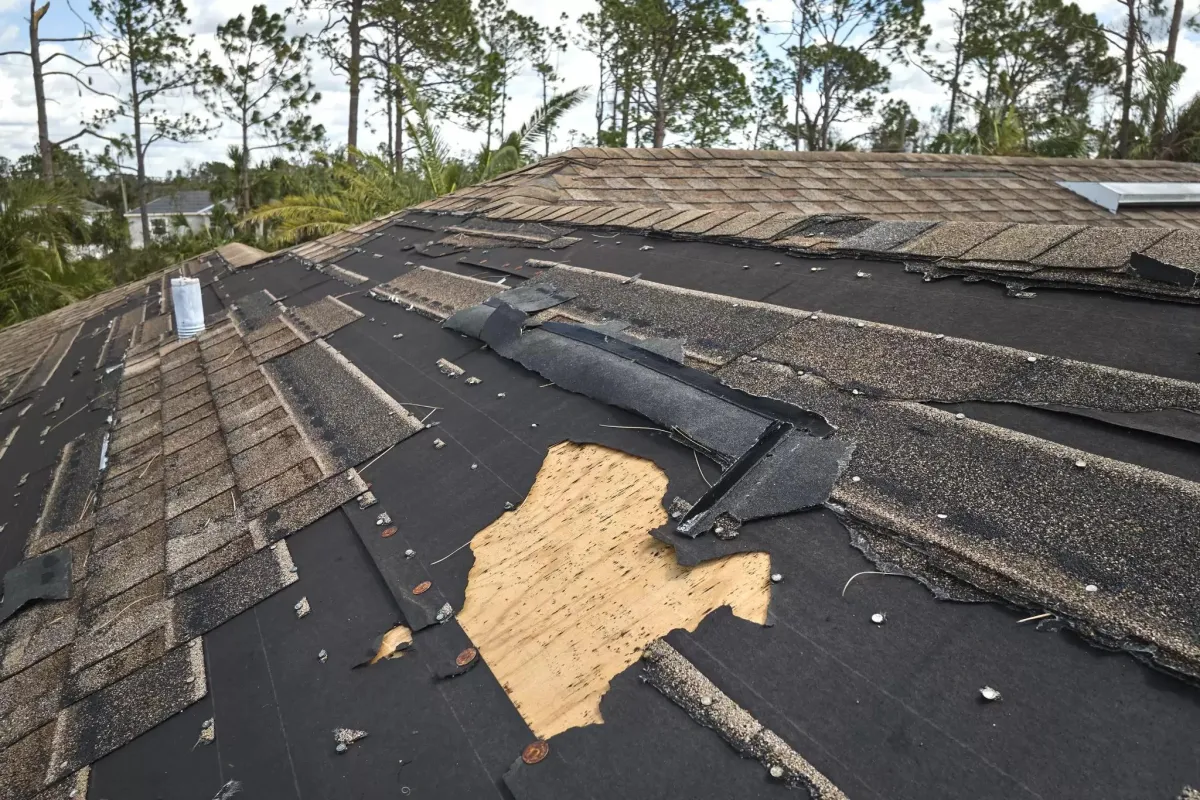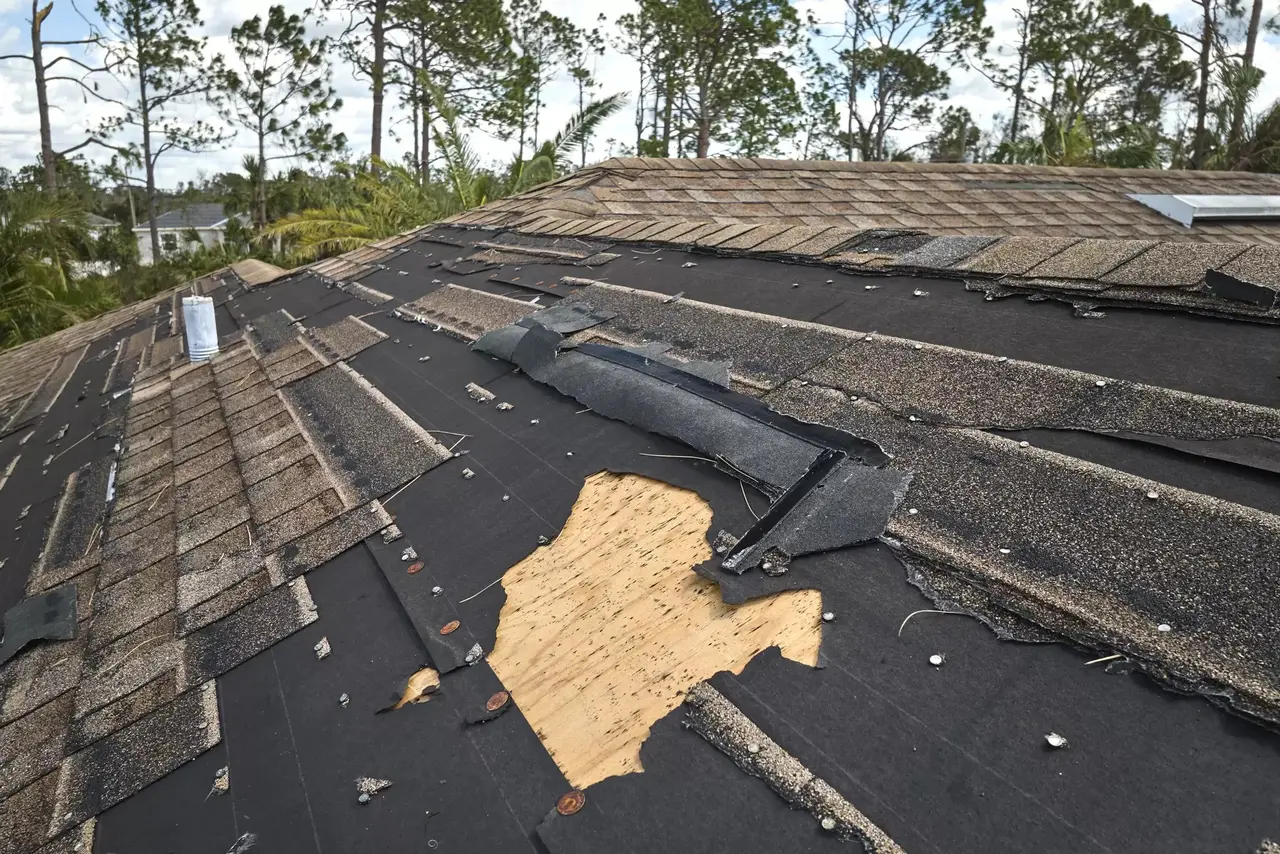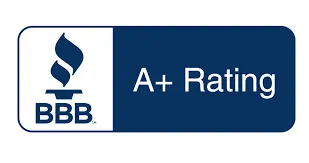SERVING FORT WAYNE AND SURROUNDING AREA

News & Insights

Best Practices for Storm Damage Repair: Make Your Roof Weather-Proof
Best Practices for Storm Damage Repair: Make Your Roof Weather-Proof
Imagine a sudden storm damaging the roof of your home, leaving you in a state of panic and confusion. Don't worry, with the right knowledge and preparation, you can weather any storm that comes your way. From understanding the impact of storm damage to choosing the right materials for long-term durability, this guide will walk you through the best practices for storm damage repair. So sit back, relax, and learn how to make your roof weather-proof!

Understanding the Impact of Storm Damage
When a storm hits, your roof bears the brunt of the impact. Heavy rain, strong winds, hail, or fallen debris can cause a range of issues, from missing shingles to structural damage. It's crucial to inspect your roof after a storm to assess the extent of the damage and take immediate action.
Ignoring storm damage can lead to more significant problems down the line, such as leaks, mold growth, and compromised structural integrity. By understanding how storms affect your roof, you can address issues promptly and prevent costly repairs in the future.
In some cases, storm damage may not be immediately visible. It's essential to look for signs of damage, such as water stains on ceilings, sagging areas, or granules from shingles in gutters. Being proactive in identifying and addressing storm damage can save you time and money in the long run.
Leaking roofs are a common consequence of storm damage, leading to water infiltration and potential structural issues. By knowing the warning signs and acting swiftly to repair any leaks, you can protect your home from further damage and maintain its overall integrity.
Assessment and Immediate Response
After a storm passes, conducting a thorough assessment of your roof is essential. Look for missing or damaged shingles, cracks, dents, or displaced flashing. Documenting the damage through photographs can help with insurance claims and repair planning.
If you notice any signs of storm damage, it's crucial to respond promptly. Temporary repairs, such as covering exposed areas with tarpaulin, can prevent further water intrusion and structural issues. However, always prioritize safety and consider hiring professionals for complex repairs.
Seeking professional help for roof assessment and repairs can provide peace of mind and ensure that all damage is properly addressed. Experienced roofing contractors have the skills and equipment to safely inspect, repair, and reinforce your roof for long-lasting protection.
Effective Roof Repair Techniques
When it comes to repairing storm damage, using effective techniques is crucial for restoring your roof's integrity. From replacing missing shingles to sealing leaks and reinforcing weak spots, each repair step plays a vital role in protecting your home from further damage.
Roof repairs may involve tasks such as reapplying sealant, securing flashing, or patching damaged areas. It's essential to follow manufacturer guidelines and best practices to ensure that repairs are done correctly and will withstand future storms.
For severe storm damage or extensive roof repairs, consulting with a professional roofing contractor is recommended. They can assess the damage accurately, recommend the best repair solutions, and ensure that your roof is restored to its optimal condition.
Regular maintenance and timely repairs are key to prolonging the lifespan of your roof and minimizing the risk of storm damage. By staying proactive and addressing issues promptly, you can keep your roof in top shape and protect your home from the elements.
Preventive Measures for Future Storms
While repairing storm damage is crucial, taking preventive measures against future storms can save you time, money, and stress in the long run. Consider reinforcing your roof with impact-resistant materials, installing gutter guards, and trimming overhanging branches to minimize potential damage.
Regular roof inspections, especially before and after storm seasons, can help identify weak spots and areas prone to damage. By addressing issues proactively and maintaining your roof's condition, you can fortify it against future storms and ensure its longevity.
Incorporating additional protective measures, such as applying weatherproof coatings, reinforcing roof-to-wall connections, and securing loose components, can further enhance your roof's resilience. By being proactive and investing in preventive strategies, you can safeguard your home from storm damage.
Choosing the Right Materials for Long-Term Durability
Selecting high-quality materials for your roof is essential for long-term durability and weather resistance. From impact-resistant shingles to durable underlayment and proper ventilation systems, each component contributes to the overall strength and longevity of your roof.
When replacing or repairing your roof, opt for materials that are specifically designed to withstand harsh weather conditions, such as wind, rain, and hail. Investing in quality materials may require an upfront cost but can result in significant savings on future repairs and maintenance.
Consulting with roofing professionals or manufacturers can help you choose the right materials based on your location, climate, and budget. By selecting the best materials for your roof, you can improve its resilience to storm damage and ensure lasting protection for your home.
Professional vs. DIY: What Works Best for You
Deciding between DIY repairs and hiring professional roofers depends on various factors, including the extent of damage, your experience level, and available time and resources. While minor repairs can be done independently, complex or large-scale damage may require the expertise of professionals.
DIY repairs can be cost-effective and empowering, allowing you to take control of your roof's maintenance. However, improper repairs can lead to further damage and safety risks. If in doubt, it's best to consult with professionals to ensure that repairs are done correctly and safely.
Professional roofers have the necessary skills, tools, and training to handle roof repairs efficiently and safely. By hiring roofing experts, you can benefit from their experience, warranties on workmanship, and assurance that your roof is repaired to industry standards.
Whether you choose to DIY or hire professionals, always prioritize safety, quality, and long-term protection when repairing storm damage. Your roof is a vital component of your home's structure, and investing in its maintenance and repair is crucial for ensuring its durability and resilience.
Ensuring Your Roof Stands the Test of Time
As you navigate the world of storm damage repair, remember that preparation is key. By following the effective techniques outlined in this guide and taking preventive measures for future storms, you can ensure that your roof remains strong and sturdy. Whether you decide to tackle repairs yourself or seek professional help, always prioritize the safety and resilience of your home. With these best practices in mind, you're well-equipped to protect your home from the unpredictable forces of nature.
Get Your Free Estimate Now and Start Transforming Your Space Today!
